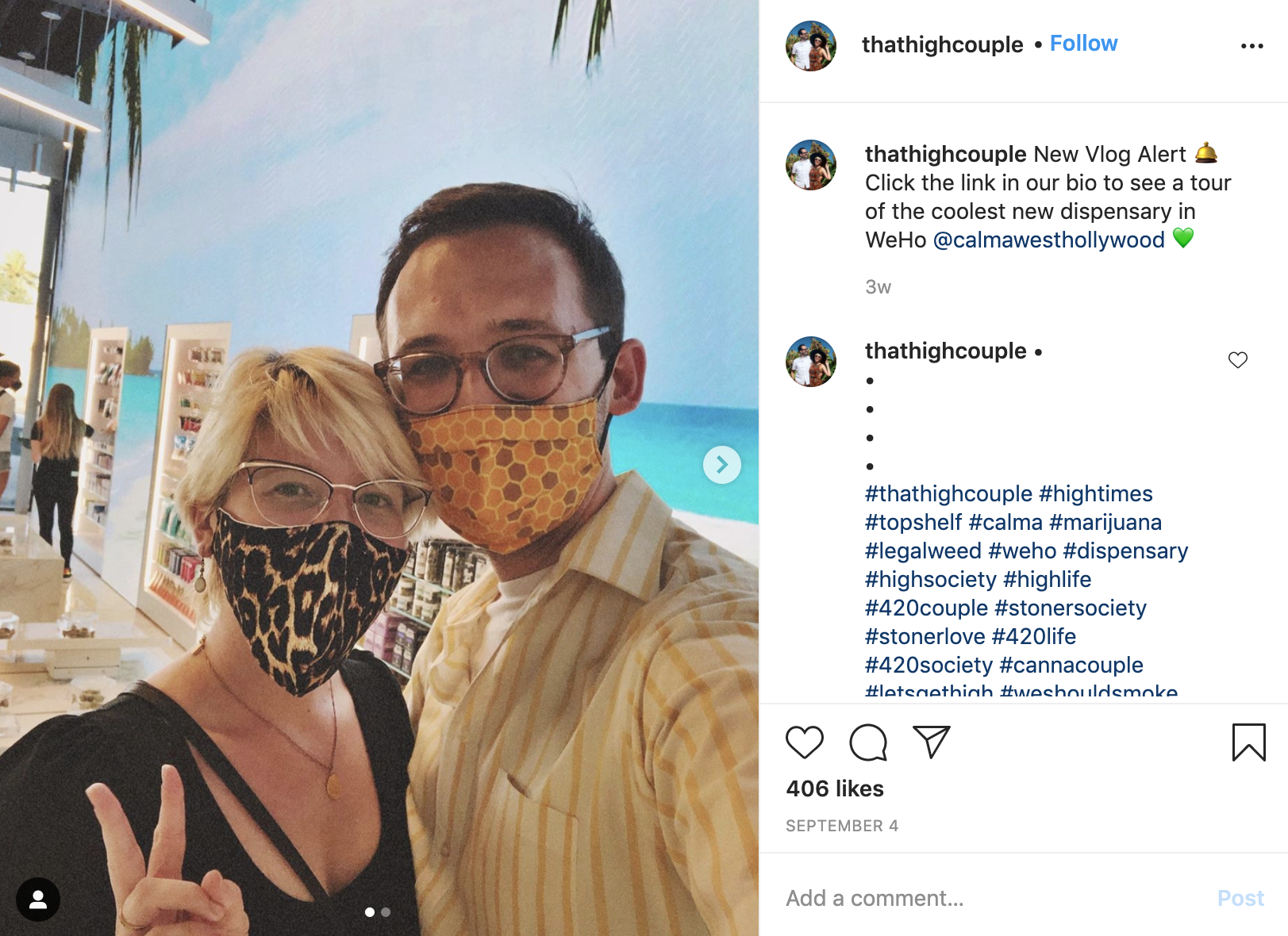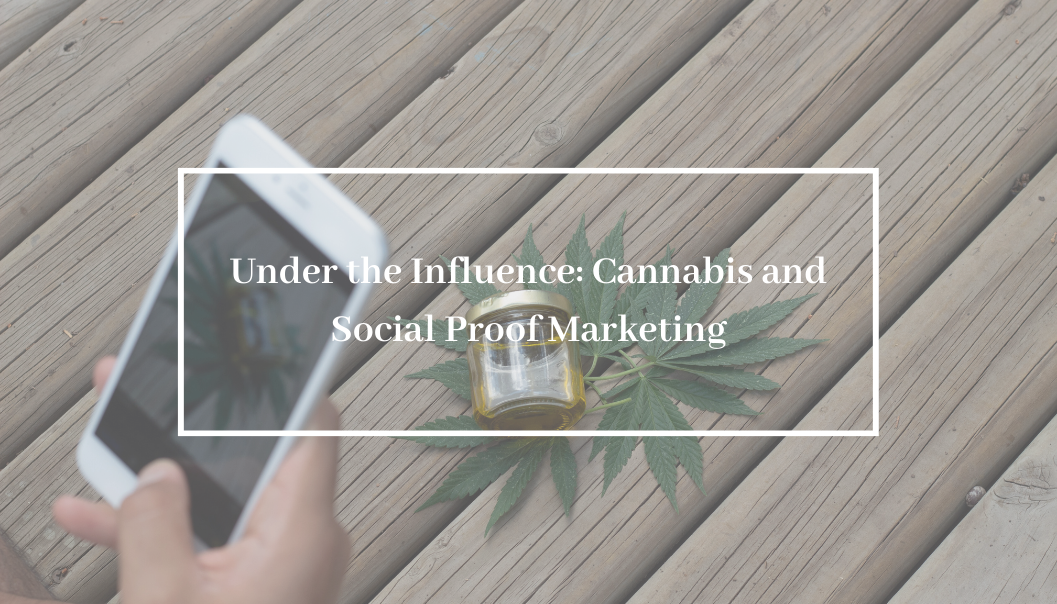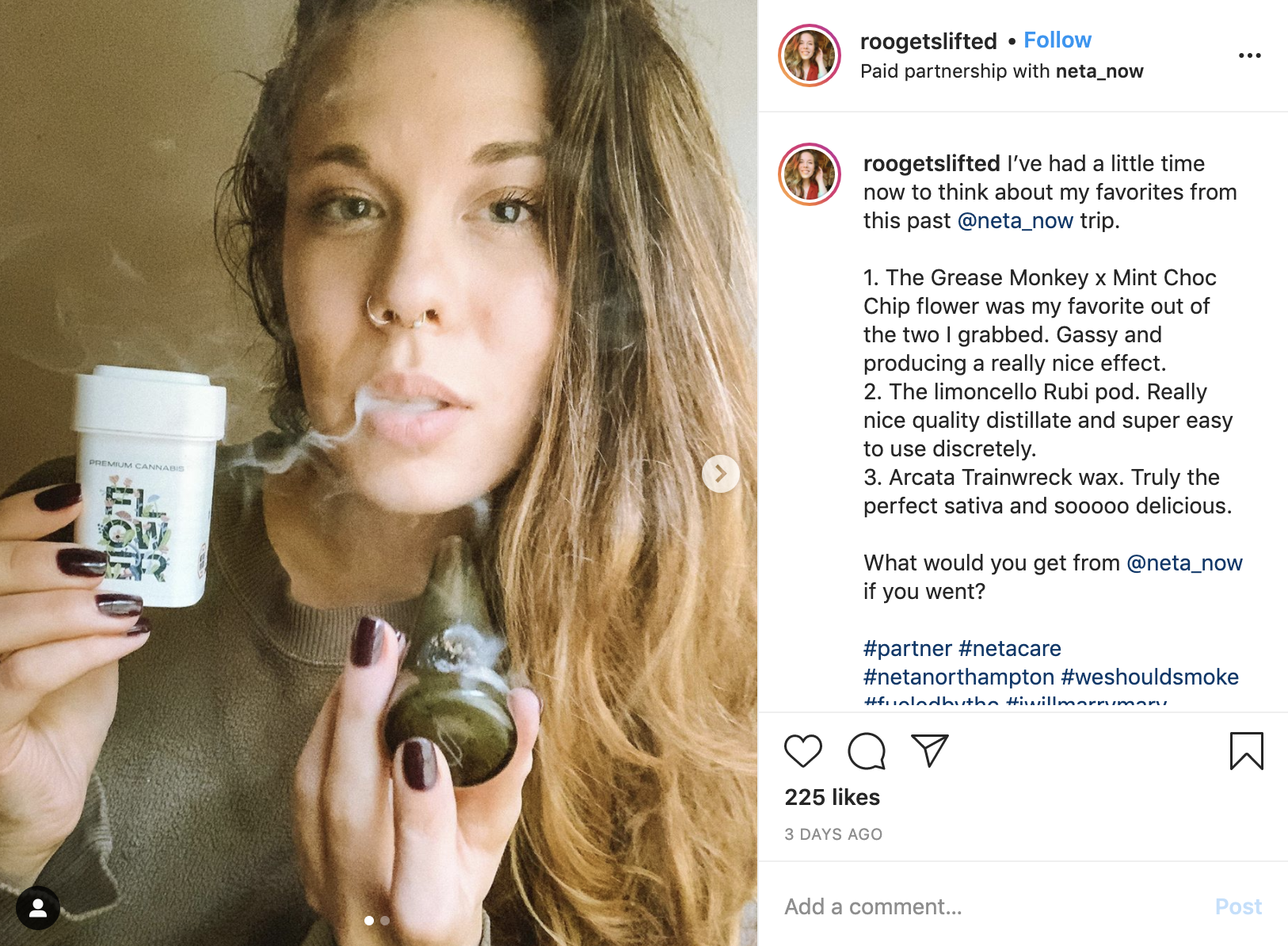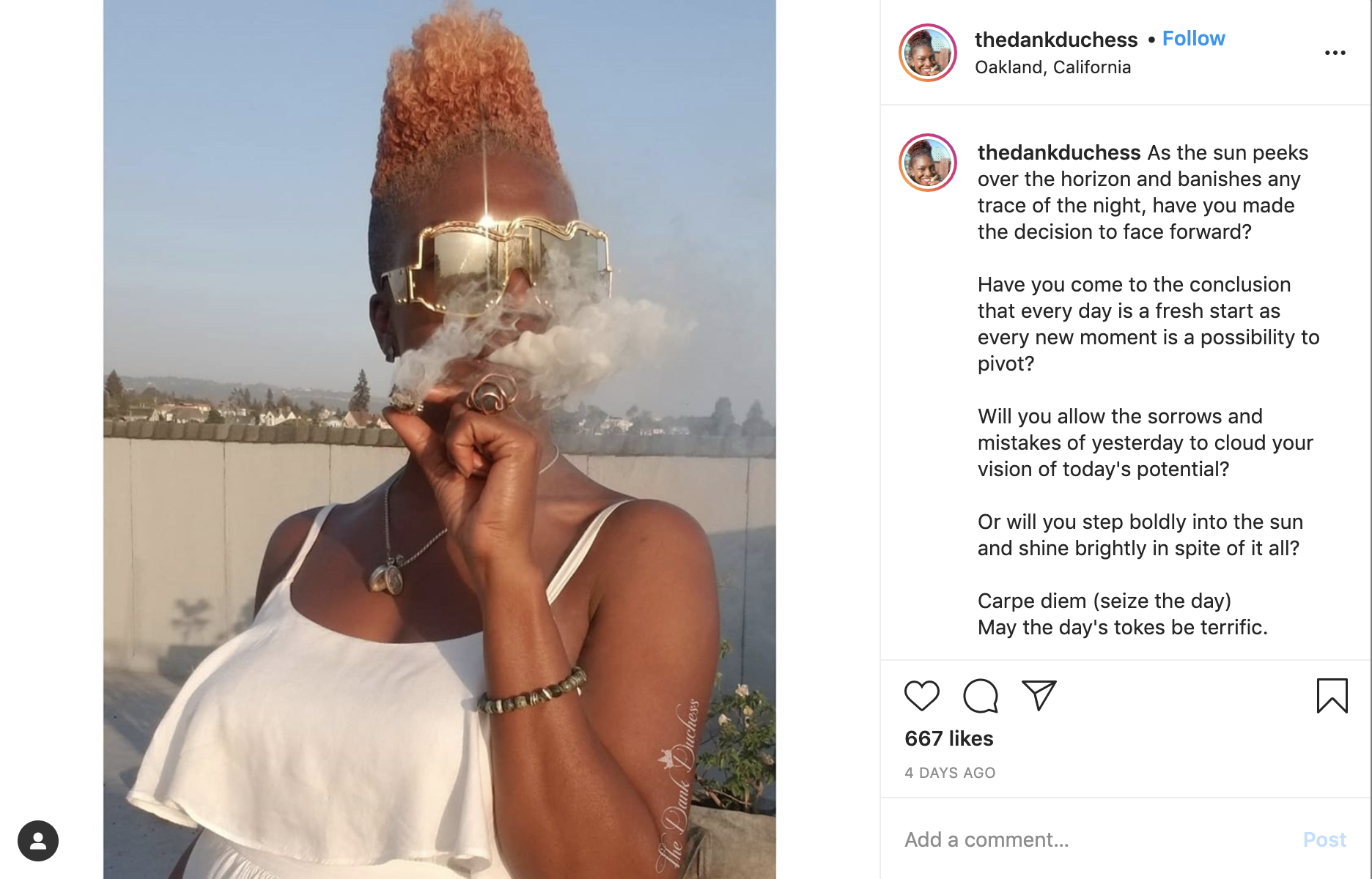
NEWS & PRESS
Under the Influence: Cannabis and Social Proof Marketing
With the industry shut out of traditional social media advertising, online marketing for cannabis brands tends to be split three ways:
- Ads on independent sites, like Leafly, or Weedmaps, or advertorials on blogs or news outlets.
- Organic content and local search optimization strategies
- Social proof and influencer marketing
Because building trust is so key in this space, it would make sense that an influencer campaign would be effective. And, most of the time, content can be created by one person in their own home, making it compliant with states’ coronavirus lockdown measures.
It’s a big industry. According to Adweek, influencer marketing is set to be worth $10 billion by the end of this year, and MedMen has also launched a $100 million investment fund for attracting the support of high-profile celebrities.
So, why don’t we see more influencers promoting cannabis brands?
There are thousands of influencers in California, our country’s biggest recreational state. So why don’t we see more cannabis brand partnerships? There are a couple of reasons.
The first is that there is inconsistent enforcement and interpretation of social media platforms’ rules about promoting cannabis. Brands and influencers have been shocked to have their pages shut down over what they thought was innocuous content—just look at Kiva, whose Instagram has been shut down five times since 2013. Even hemp and CBD brands have experienced temporary bans and had their advertisements rejected. Influencers are nervous to lose their livelihoods.
What are the rules?
The official rules are below (as outlined by Susan Gunelius to Marijuana Business Daily Magazine)
- Don’t say your products are for sale
- Don’t ask people to buy your product
- Don’t encourage people to contact you about the product
- Don’t post any content that explains how to grow, sell, or use cannabis products
- Don’t make any medical claims
- Don’t post content that shows the use or sale of cannabis.
But we know that brands and influencers are breaking these rules every day on the platforms.
What is the second reason?
Because of the stigma around cannabis, traditional lifestyle influencers are worried that they will be pigeon-holed by fans, or that other brands won’t want to work with them.
This isn’t to say that cannabis-specific influencers don’t exist. There are plenty of great cannabis influencers out there who really understand the cat and mouse game with social media rules. It can certainly be worth exploring these types of partnerships, but be aware that you’ll be talking exclusively to cannabis devotees, and probably not casual users.

@thathighcouple want to build a community around the benefits of cannabis and have a strong YouTube presence.
@roogetslifted shares information about cannabis as medicine and some seriously beautiful nature photos
The multifaceted @thedankduchess is managing editor at Skunk Magazine, hash consultant, and writer, educator, musician, public speaker, and actress.
Florida-based @valerielollett is a coach, owner of a creative agency, and all-around cannabis advocate.
What does good practice look like for cannabis influencer ads?
Find great people
It’s difficult to find someone who embodies your brand, is creative, consistent, and is also 420-friendly. It’s easy to rush into partnerships, but make sure that the person has a good engagement ratio to follower count, quality comments, and a trustworthy voice.
Learn the rules about cannabis for the platform you’re using inside out
It will make relationship-building with influencers much easier if you can show them that you’ve carefully considered the rules. Chat to people who are experts at pushing the envelope and learn from others’ mistakes.
Put away the director’s chair
Remember, this is not a television advert. You’re paying someone else to put your brand into their words and in their world. It needs to feel authentic to them. It can be tempting to want tight creative control, but if you find the right person, you need to trust that they know their audience.
Work with micro-influencers instead of big names
Because of the way our cannabis laws are structured, marketing is usually very localized. You might like to try working with a micro-influencer in your state—someone who has 1,000 – 100,000 instead of 250,000. It might take you longer to find them (try searching hashtags, the explore page, and your own page likes) but means you can be really specific and make your money work harder.
Work closely with someone to create a brand, rather than an ad
Found the perfect person? You could work together with them on some in-depth educational editorial content, which isn’t a direct advertisement. You could also work with them to create a brand product. Although influencers still have to disclose posts as ads even for their own products (so you won’t get around advertising laws), the person you choose will have more of a stake in your success.




